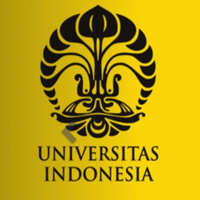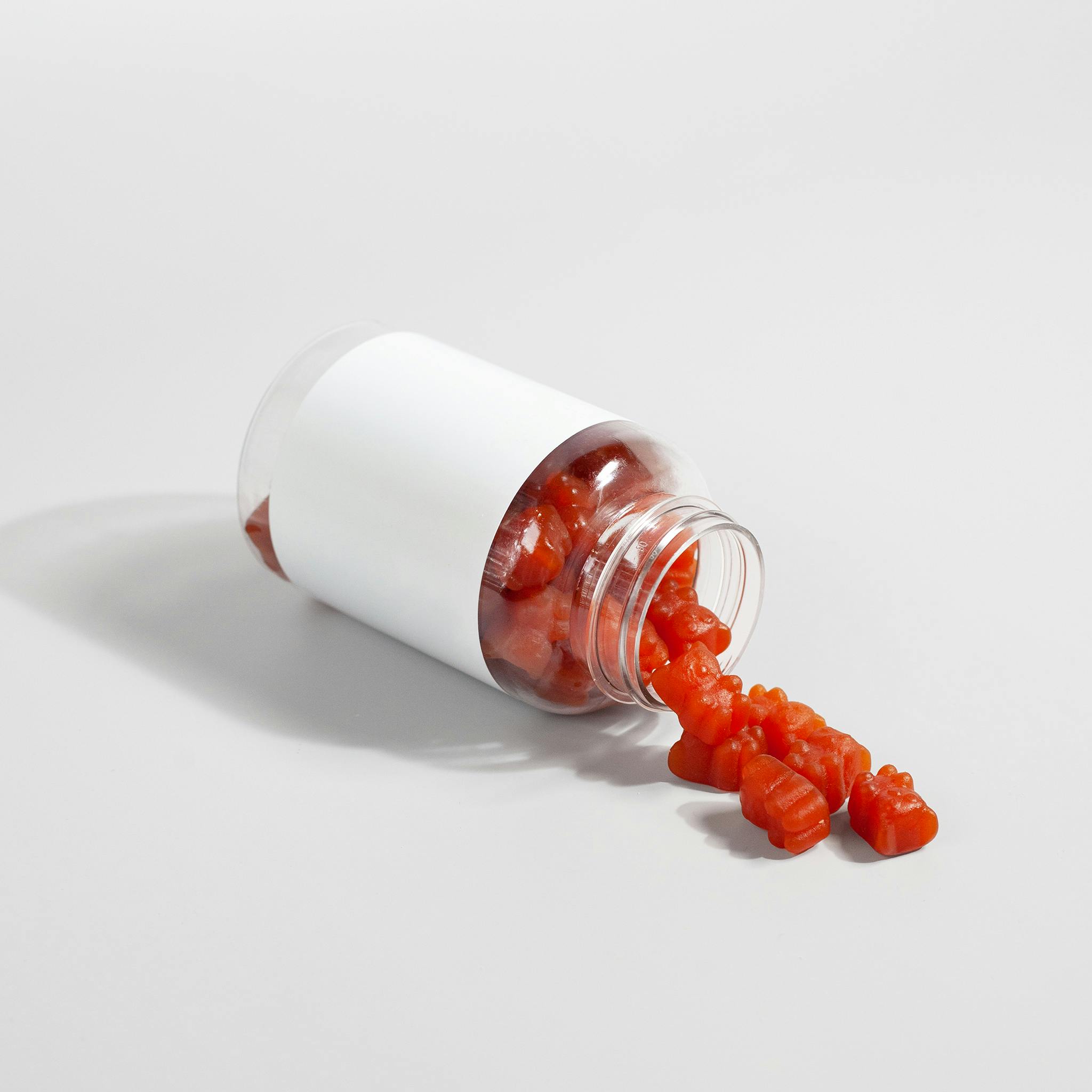Comparison of mother’s therapeutic touch and voice stimulus in reduce pain in premature infants undergoing invasive procedures

All claims expressed in this article are solely those of the authors and do not necessarily represent those of their affiliated organizations, or those of the publisher, the editors and the reviewers. Any product that may be evaluated in this article or claim that may be made by its manufacturer is not guaranteed or endorsed by the publisher.
Authors
Invasive procedures commonly cause recurring pain in preterm infants. Noninvasive pain management is an essential part of nursing intervention in the Neonatal Intensive Care Unit (NICU). The study’s aim is to identify the impact of touch therapy on pain in premature infants undergoing invasive treatments. The method was a quasi- experiment with 63 premature infants. The premature infants were classified into four groups: i) Mother’s touch Therapy (MTT), ii) Mother’s Voice Stimulus (MVS), iii) a combination of MTT and MVS, and iv) routine care. The observed infants’ pain scores were determined through a multiple regression model using the Generalized Estimating Equation (GEE) method. The GEE test showed that the combination of touch and sound therapy significantly reduced pain in premature infants undergoing invasive measures (p<0.05). A combined application of MTT and MVS is the most effective in reducing pain scores in infants undergoing invasive procedures and thus, can used safely as part of nursing intervention in the NICU.
How to Cite

This work is licensed under a Creative Commons Attribution-NonCommercial 4.0 International License.
PAGEPress has chosen to apply the Creative Commons Attribution NonCommercial 4.0 International License (CC BY-NC 4.0) to all manuscripts to be published.









